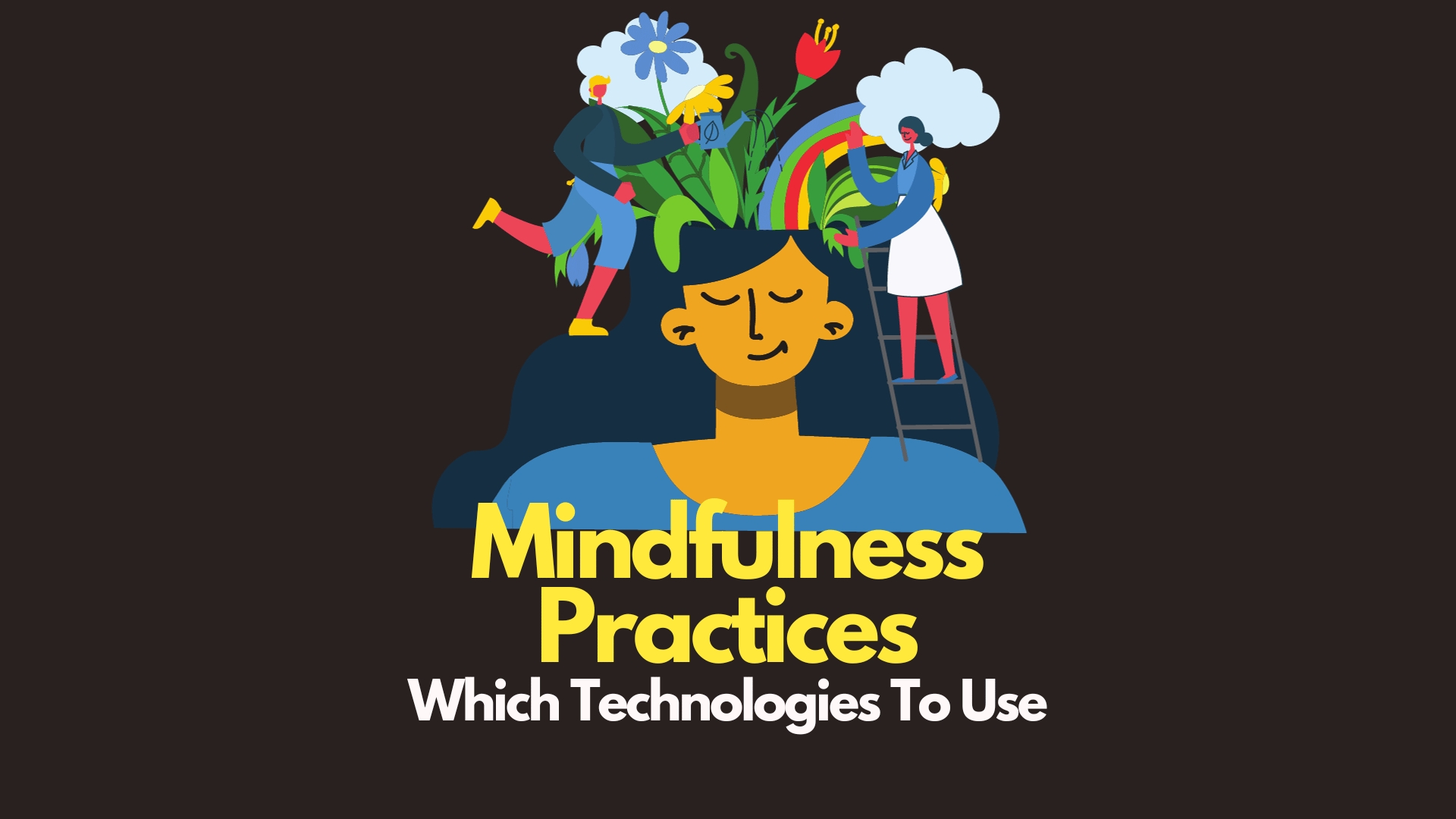Published
- 4 min read
How to Use Technology for Mindfulness Practice

Introduction
As the digital wave continues to ripple through every facet of our lives, the realms of technology and mindfulness have begun to intersect in a harmonious dance. This synergy invites an exploration into how technology can serve as a conduit to deepen mindfulness practices. This guide aims to navigate through the myriad of tech tools available, shedding light on how to integrate them into daily mindfulness routines, monitor progress, and overcome common challenges, all with the goal of cultivating a richer mindfulness experience.
Choosing the Right Tech Tools
Mindfulness Apps
Exploring the App Landscape
The digital marketplace is adorned with a plethora of mindfulness apps, each offering a unique blend of features to assist in cultivating mindfulness. Popular apps like Headspace, Calm, and MyLife Meditation have garnered a robust following owing to their diverse meditation libraries, guided sessions, and progress tracking features.
Features to Seek
When embarking on the quest for the ideal mindfulness app, features like a user-friendly interface, a vast library of guided sessions, progress tracking, and personalized recommendations based on individual preferences and progress are paramount.
Wearable Technology
The Wearable Revolution
Wearable technology has transcended the boundary of fitness tracking to embrace mindfulness practices. Devices like the Apple Watch and Fitbit now offer features that monitor physiological indicators such as heart rate variability, which can provide insights into one’s stress levels and overall mindfulness state.
Considerations for Choice
When choosing a wearable to aid mindfulness practice, features like real-time physiological monitoring, feedback on mindfulness practice, battery life, and comfort are crucial considerations.
Integrating Technology into Mindfulness Practice
Routine Integration
Seamless Incorporation
Integrating technology into daily mindfulness practice can be as simple as setting reminders for meditation sessions or using apps to engage in daily guided sessions. Technology can serve as a gentle nudge, keeping mindfulness practices at the forefront amidst the hustle of daily life.
Technology as an Aid
Utilizing technology to track progress, set reminders for mindfulness sessions, and engage in guided meditation can significantly enhance the mindfulness journey. For instance, scheduling daily mindfulness sessions on a smartphone or smartwatch can foster consistency in practice.
Virtual Reality (VR) Mindfulness
An Immersive Experience
VR mindfulness sessions offer an immersive experience, transporting individuals into serene environments conducive for meditation and mindfulness practices.
Engaging in VR Mindfulness
Engaging in VR mindfulness entails having access to a VR headset, choosing a VR mindfulness app or platform, and dedicating time to explore and engage in the diverse mindfulness sessions available.
Monitoring Progress
Tracking Tools
Gauging Progress
Mindfulness apps and wearables offer a myriad of tools to monitor progress. Tracking metrics like the frequency, duration, and perceived quality of mindfulness sessions can provide invaluable insights into one’s mindfulness journey.
The Importance of Tracking
Tracking progress is akin to having a mirror reflecting one’s mindfulness journey, offering insights into patterns, progress, and areas of improvement.
Feedback Systems
Receiving Insights
Feedback systems embedded within tech tools can provide real-time insights into one’s mindfulness practices. For instance, a wearable that provides feedback on one’s breathing patterns during meditation can be invaluable.
Interpreting Feedback
Interpreting feedback entails understanding the metrics and insights provided, and using this information to make informed adjustments to enhance mindfulness practices.
Overcoming Common Challenges
Distraction
Minimizing Digital Diversions
One paradox of using technology for mindfulness is the potential for distraction. Tips like keeping notifications to a minimum, dedicating specific times for mindfulness practice, and choosing simple, user-friendly apps can help mitigate distractions.
Balancing Technology and Mindfulness
Maintaining a healthy balance between technology use and mindfulness practice entails setting clear boundaries and using technology as a tool rather than a crutch.
Privacy Concerns
Navigating Privacy Hurdles
Privacy concerns stem from the data collected by mindfulness apps and wearables. Choosing platforms with robust privacy policies and being mindful of the data shared are prudent steps.
Safeguarding Privacy
Safeguarding privacy might entail reviewing and adjusting the privacy settings on apps and wearables, and being informed about the data collected and how it’s used.
Conclusion
The marriage of technology and mindfulness unveils a horizon filled with potential for deeper, more enriched mindfulness practice. As we traverse through the digital age, leveraging technology to foster mindfulness presents a pathway to not only enhance personal practice but also to cultivate a collective consciousness. With the right tools, mindful integration, and a balanced approach, technology can indeed become a potent ally on the journey of mindfulness.